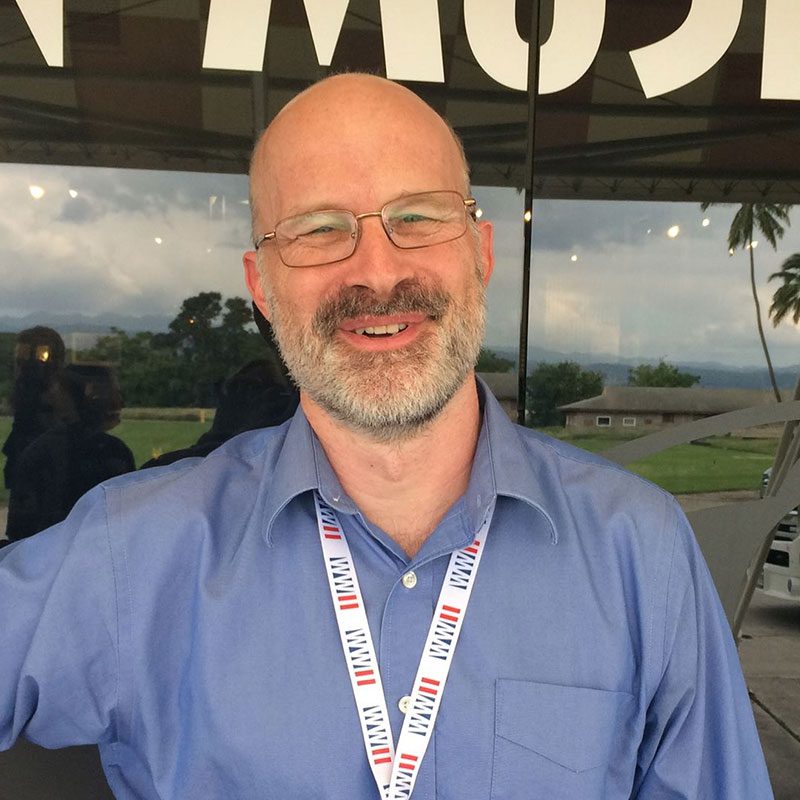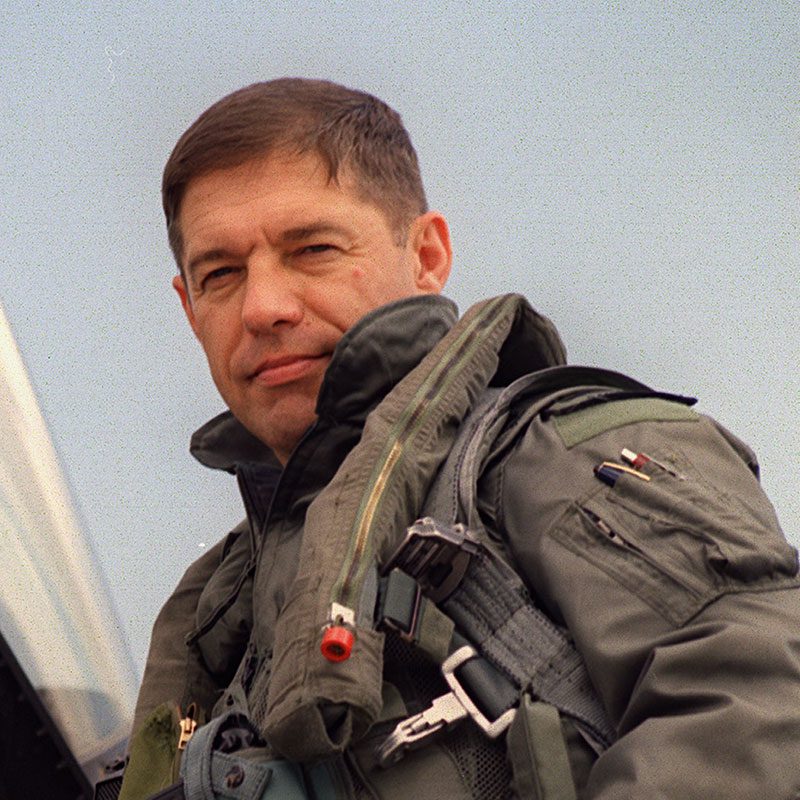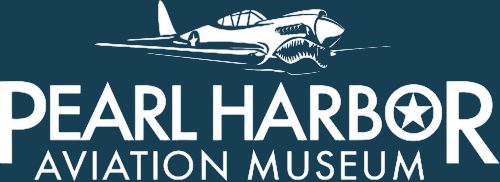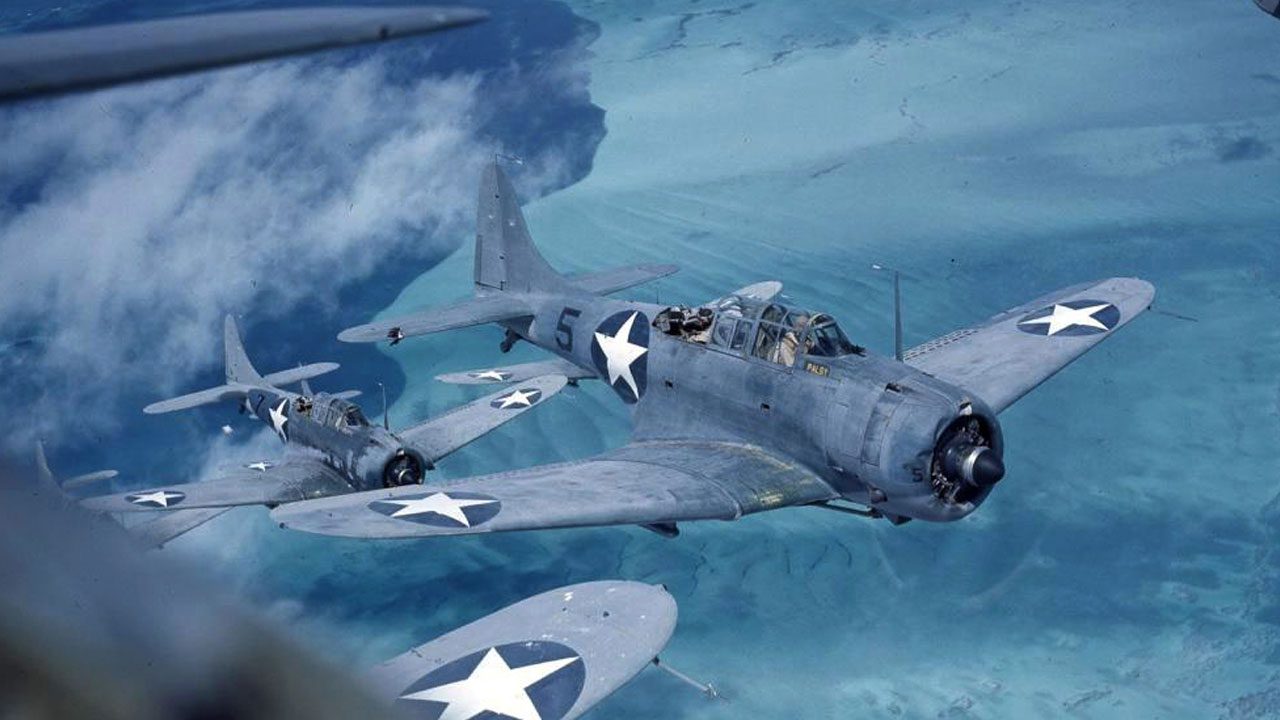The epic Battle of Midway is considered to be one of the most defining moments of World War II. What conditions created this historic moment and what factors contributed to the success experienced by the United States on that fateful day?
Renowned Navy historian and author Jon Parshall and retired U.S. Air Force Fighter Pilot and creator of “Figments: The Power of Imagination” podcast, General Dan “Fig” Leaf, Ret., joined us to mark the anniversary of the battle and discuss the strategies that led to victory.

Jon Parshall is the co-author of “Shattered Sword: The Untold Story of the Battle of Midway.” He is an adjunct lecturer for the U.S. Naval War College, and a frequent speaker at venues such as the Pearl Harbor Aviation Museum, the National WWII Museum, and the National Museum of the Pacific War. He has been widely published in Naval History Magazine, the U.S. Naval War College Review, WWII Magazine, and Wartime Magazine, and has appeared on Netflix, the Discovery Channel, the History Channel, Smithsonian, and National Geographic.

Lt. Gen. Dan “Fig” Leaf, Ret., is a retired U.S. Air Force Fighter pilot with air and land combat experience, and vice president of the Board of Directors of the Pearl Harbor Aviation Museum. He retired as the Deputy Commander of U.S. Pacific Command in 2008, worked as a vice president of Northrop Grumman Information Systems, then led the Daniel K. Inouye Asia-Pacific Center for Security Studies as the director from 2012-2017. He is the host of the webcast “Figments: The Power of Imagination,” on ThinkTech Hawaii and is a prolific author; his essay on North Korea won The Oslo Forum’s first Peacewriter Prize in 2017.
Pearl Harbor Aviation Museum is proud to share our two-part series on
the Battle of Midway and its strategies featuring these two prolific guests.


Mahalo to Jon Parshall for taking the time to answer these thoughtful questions about a critical moment in American history.
Why was COMINCH King not supportive of Captain Rochefort and his Station Hypo codebreakers who were correct in assessing intelligence about the date and time of the planned attack, as well as the location of the carriers?
A: Eliot Carlson’s “Rochefort’s War” has the definitive take on this matter. The nub of the matter is that King wanted intelligence to be centralized in Washington, and Rochefort (and Layton, too) was seen as an impediment to that broader organizational goal. Admiral Nimitz wasn’t happy with it, but he knew better than to fight with King on the matter.
Why was Vice Admiral Stanhope Ring promoted? Didn’t he go on to become an Admiral, USN? What did he do post-war to deserve that rank?
A: We got to this one during the webinar at about the 25 minute mark.
Did the VT-8 squadron that flew TBF Avengers from Midway fly from land due to the TBF not being carrier-qualified and/or suitable?
A: The aircraft weren’t physically delivered in time to actually make it out to the carriers – they had been hustled up to Midway after the USS Hornet sailed.
Did Admiral Nimitz ever suggest the Midway fighters should accompany the bombers on the attack on Kido Butai?
A: I think I misinterpreted this during my answer. I thought you were referring to the fighters carried aboard the Japanese carriers that were slated to fly from Midway once it was captured, rather than the U.S. fighters on the island. The latter certainly would have factored into Nimitz’s planning, and were part of the general beefing up of the organic airpower on Midway itself. They were intended for base defense, though – in order for Midway to be able to project power, the basis of that projection had to be protected itself. In the event, of course, they were very roughly handled by the Japanese strike escort fighters. Not having those fighters along as cover for the joint TBF/B-26 attack at 0710 against Nagumo may have been a mistake (although honestly a few more Wildcats, give or take, probably wasn’t going to have that favorable an impact on the outcome). But understand, the utilization of those fighters wasn’t Nimitz’s call to make, it was the call of the Midway group commander (Simard). And we arguably needed every plane and more to defend Midway itself.
What is your view of the critic that disobeyed Admiral Nimitz’s order and didn’t position his forces far enough westward on the night of June 3 through June 4, necessitating the TBFs to spend time closing on Kido Butai before launching air strikes?
A: That’s George Walsh, a former SBD pilot who wrote a book in 2015 that basically laid the claim that there was some sort of magical launch point that Nimitz had told Fletcher to take up, and that if Fletcher had just conformed to that plan, he would have knocked out the Japanese at a stroke. John Lundstrom wrote a detailed rebuttal of Walsh’s claims. If you send me an email ([email protected]), I’ll send it to you. Here’s my big picture take: Walsh, for all his experience as a pilot, apparently had very little understanding of how carrier forces actually operated, particularly during the early years of the war. This was 1942. There was no satellite navigation. Scouting and (particularly) communications were often rudimentary and lousy. Overwater navigation in a plane was dangerous and difficult. Bottom line, just getting two carrier forces into basically the same neighborhood at roughly the same time to actually fight a battle was doing pretty well by the standards of the time. So, the notion that if Fletcher had somehow magically just been precisely here at precisely now and then flown his aircraft precisely there to hit the Japanese at precisely then is simply folly. Plus, Nimitz never handed Fletcher any such magical coordinates-he knew better than to try and micromanage his carrier commanders during the actual affray.
Walsh also had a major chip on his shoulder regarding what he considered the dive-bomber pilots somehow not getting the credit they were due as a result of the battle. He was outraged that McClusky wasn’t put in for the Medal of Honor, etc. To me, the whole thing is just bizarre. Any serious student of the battle gives the dive-bombers, including McClusky, heaping accolades for their accomplishments. And regarding a posthumous Medal of Honor, why does McClusky deserve it more than, say, John Waldron (VT-8)? Or Eugene Lindsey (VT-6)? Or Lem Massey (VT-3)? All three of those squadron commanders died in action. Or Dick Best, or Dusty Kleiss, both of whom hit *two* carriers that day (with Best single-handedly destroying Akagi)? McClusky absolutely deservedly collected the Navy Cross, the Distinguished Flying Cross, Legion of Merit, the Air Medal, and retired a Rear Admiral. It’s hard to portray him as somehow having been slighted. If he deserved the Medal of Honor, his superiors probably would have put him in for one. The fact that none of the gentlemen just named were put in for that award, to a degree, just shows you what the standards were that were expected of squadron commanders. These guys did their jobs, and that was basically what was expected of them.
In your opinion, who was America’s finest at-sea combat admiral?
A: Really tough question. There are a number of pretty strong candidates. I’m still in awe of Admiral Willis Lee’s performance at Second Naval Battle of Guadalcanal. Likewise, it’s pretty tough to go wrong with either Arleigh Burke or Frederick Moosbrugger, both outstanding destroyer commanders. Finally, I’ll just say that I hold Fletcher in very high regard as well. He fought three important carrier battles when the chips were really down in 1942, won all three of them, and extracted six enemy carriers for the loss of two of his own. Pretty commendable.
Is it true Dick Best saw the B-17s returning to Midway from their attack on Kido Butai and wanted McClusky to then fly the inverse course?
A: I’ve not heard that. Doesn’t mean it didn’t happen, but I’ve always been more focused on the Japanese side of the battle, honestly.
The Akagi was originally a three deck carrier; did that configuration just not work out?
A: As carrier aircraft grew larger and heavier during the 1930s, the shorter take off decks didn’t allow enough room to get these aircraft aloft. It really shows you just how much the carrier was still sort of the wild, wild west of weapons systems during the late 20s and 30s-nobody really knew how these things were going to actually operate.
Regarding history in general, what are your key takeaways that apply to today’s military?
A: I think I alluded to some of those already, but I’ll state again that effective risk management is key. Likewise, you need to be aware that the other side may have made some conceptual leaps that you’re not aware of yet-war is full of nasty surprises. I’ll say, too, that I, like a lot of the military, am concerned that our operational schedule is so frantic that our crews are not properly trained in many cases, nor getting sufficient rest time.
What level of disagreement was there between Admiral Nimitz and COMINCH King, or was the tension all the result of a problem with King’s staff?
A: I see it mostly as King being a very hard guy to work for, rather than a problem with King’s staff, per se. King was extraordinarily aggressive, and impatient, and he wanted results right away. A classic “driver” type. And even though Nimitz was no slouch in the aggressiveness department (as I hope the presentation illustrated), he was still trying to be responsible with his assets, at least until mid-1943, when he knew that the cornucopia of American shipbuilding would finally provide him with a writ of unchallengeable naval supremacy. But up until that point, you don’t want to do anything stupid. So, Nimitz is having to do some “upward management” to try and temper ideas from King that were unwise. Likewise, during this initial portion of the war, Nimitz is also fighting for some degree of independence. He had to pick his bureaucratic battles. This is one reason that he didn’t fight King on having replaced Rochefort-he knew that once King had his mind made up on a personnel matter, he wasn’t going to relent. Nimitz wasn’t willing to die on that hill-there were bigger fish to fry. Rochefort understood that, too. The bottom line is that Nimitz and King eventually came to a very effective working relationship, and it strengthened during the course of the war. But in the middle of 1942, when everything was going wrong for the Allies pretty much everywhere, both men were under tremendous pressure, and there were understandably some teething problems as both parties were trying to get that relationship to work. Both men ended up being tremendous assets to the American war effort, though-it’s hard to overstate King’s contribution to victory just through his aggressiveness in immediately seizing the initiative by counterattacking at Guadalcanal when he did.


